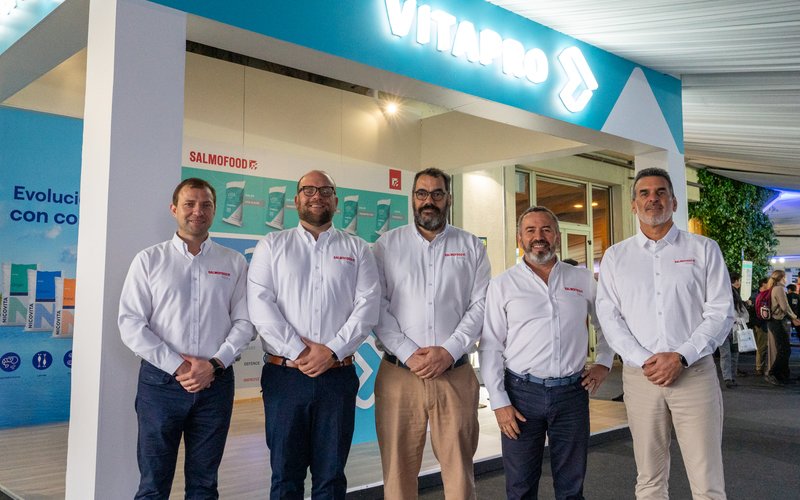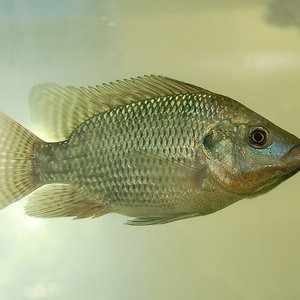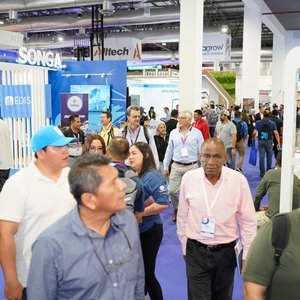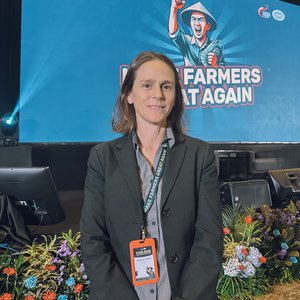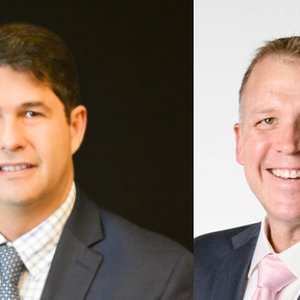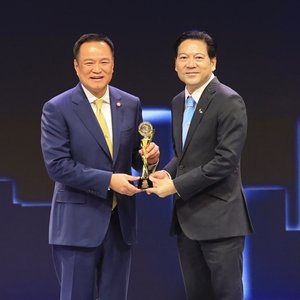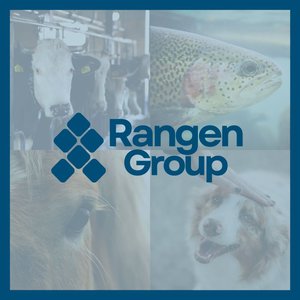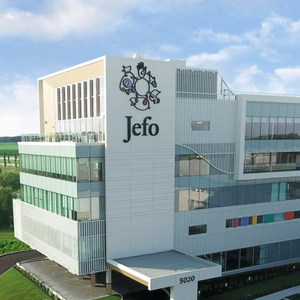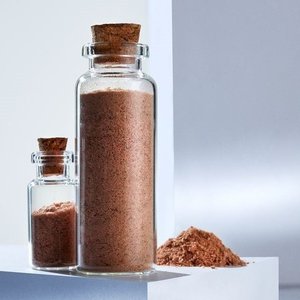Vitapro participated in the workshop "Aquaculture Nutrition for Animal Welfare and the Sustainability of Aquaculture in Scenarios of Climate Change and Exponential Human Growth," which took place during the first day of the international congress "Latin American & Caribbean Aquaculture 2025" (LACQUA).
The meeting, organized for the first time in Chile by the Universidad Austral de Chile (UACh) and the Salmon Technological Institute (INTESAL of SalmonChile), brought together national and Latin American specialists to jointly analyze the latest research and findings in global aquaculture.
At the nutrition workshop, Pablo Leyton, Global Director of Feed Technology at Vitapro Ecuador, presented “Challenges and Opportunities for Aquaculture Nutrition in Latin America: Climate Change Perspectives Facing Farmed Species, Consumer Demand for High-Quality Feed, and the Sustainability Requirements of Intensive Aquaculture.”
The expert presented some of the results of a study conducted by researchers from the United Kingdom and Scottish universities that evaluated the impact of climate change and ocean acidification on aquaculture between 2050 and 2100, considering physical, productive, technological, and social variables. The results indicate that productive and technological variables will remain stable until 2050. Still, significant changes are expected by 2100, including an increase in diseases and pathogens that will affect the health of fish and shellfish, along with greater ecological and social risks. Furthermore, the nutritional importance of species such as salmon, a source of protein, vitamins, and omega-3 fatty acids (EPA and DHA), whose global availability could decrease by 10% to 40% due to climate change, exacerbating an existing deficit, was highlighted. Regarding the feeding of species such as salmon and shrimp, dependence on agricultural ingredients like soy and wheat will be critical, with expected variations in agricultural yields; therefore, the need to diversify food sources in aquaculture is emphasized to reduce environmental impacts and ensure future production.
Later, Rayen Collipal, a researcher at the Salmofood Aquaculture Experimental Center (CEA) in Chile, presented the results of the study "Effect of dietary supplementation of phytosterols and flavonoids on salmonid tolerance to hypoxia stress," specifically, rainbow trout (Oncorhynchus mykiss). Hypoxia reduces oxygen in the water, causing metabolic depression, reduced growth, biomass loss, and inflammatory and oxidative responses. Antioxidant and anti-inflammatory bioactive compounds stabilize HIF-1α and shock proteins, promoting adaptation to low oxygen levels.
The study evaluated five treatments with different levels of phytosterols and flavonoids during normoxia, hypoxia, and reoxygenation, measuring molecular, physiological, and productive markers. Supplemented fish showed increased growth, improved feed conversion, and recovery of condition index after reoxygenation, while non-supplemented fish suffered significant decreases. The spleen-somatic index also remained stable in supplemented fish.
The study concludes that supplementation with phytosterols and flavonoids improves hypoxia tolerance, optimizes growth and feed conversion, and stabilizes molecular adaptive mechanisms, offering an effective nutritional strategy to mitigate low-oxygen stress in aquaculture.
Subsequently, María Silvia Tovar, Head of Management and Application of New Developments at Vitapro Peru, presented a teaser poster on the "Effect of Reducing Fishmeal Levels in Pre- and Post-Transfer Formulations for White Shrimp Penaeus vannamei Under Optimal and Suboptimal Culture Conditions." She explained that the effect of partially replacing fishmeal in white shrimp diets was analyzed during the pre- (PLs) and post-transfer phases, under optimal (30°C with phytoplankton) and suboptimal (25°C without phytoplankton) conditions. In post-larvae, it was observed that only the highest levels of replacement (59% and 72%) negatively affected growth under suboptimal conditions, while under optimal conditions, only 72% had an impact. During post-transfer, however, replacement had no significant effect under optimal conditions, and survival and performance depended on the combination of diets and environment. The research showed that it is possible to replace up to 59% of fishmeal during PLs stages and implement increased strategies during post-transfer in optimal environments. However, under suboptimal conditions, nutritional and management adjustments are required to avoid productivity losses.
Vitapro's participation at LACQUA continued with a second talk by CEA researcher Rayen Collipal in the workshop "Pathologies in Aquaculture," where she discussed the "Spot Code: Molecular Patterns Associated with Focal Melanosis in Atlantic Salmon (Salmo salar)," a chronic inflammatory condition that affects salmon fillet quality and generates economic losses in Chilean aquaculture. The research showed that acute lesions progress to more severe melanosis, and transcriptomic analysis identified more than 10.000 genes with differential expression, highlighting pathways of inflammation, tissue remodeling, and cellular senescence that could perpetuate inflammation. This approach positions transcriptomic analysis as a key tool for understanding and mitigating pathologies in aquaculture through nutrition, management, and biotechnology.


